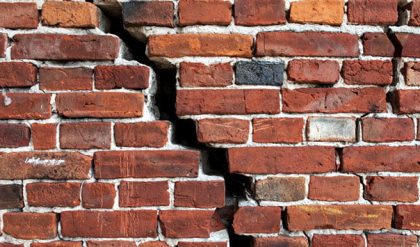The most common type of analysis is quasi-static analysis, where the load is applied at a very slow rate so that the acceleration is negligible (or almost zero). Dynamic analysis is where the effects of acceleration cannot be ignored. Both types provide a one-to-one relationship between a particular input (for example, a force applied on a system) to its system response (for example, a displacement of the system due to its load).
In contrast to quasi-static and dynamic, modal analysis provides an overview of the limits of the response of a system. For example, for a particular input (like an applied load of certain amplitude and frequency), what are the limits of the system’s response (for example, when and what is the maximum displacement).

Fig. 01: Amplitude of system response (y-axis) w.r.t. the frequency of the applied input (x-axis)
As shown in Fig. 01, every object has an internal frequency (or resonant frequency) at which the object can naturally vibrate. It is also the frequency where the object will allow a transfer of energy from one form to another with minimal loss—here it is from vibrational to kinetic. As the frequency increases towards the “resonant frequency,” the amplitude of response asymptotically increases to infinity. In other words, the result of modal analysis are these frequencies at which the amplitude increases to infinity.



Comments are closed.